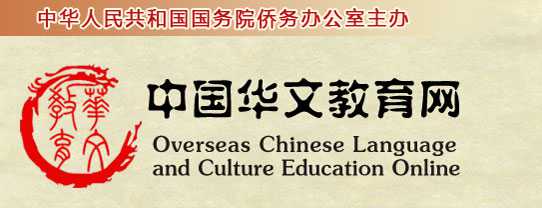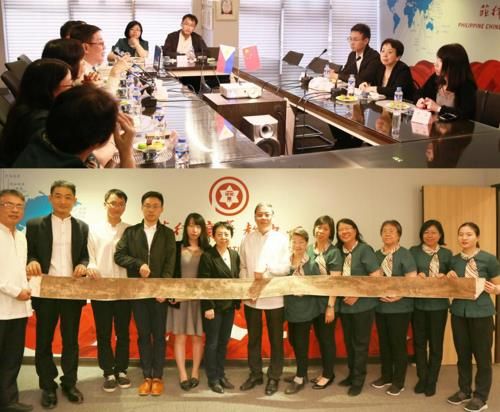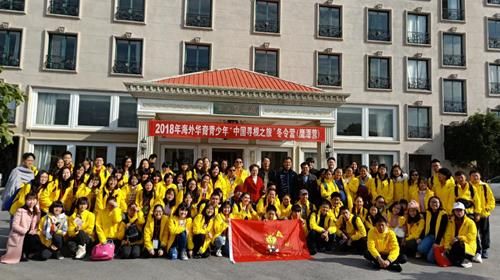|
日晷和铜壶滴漏 Sundial and Copper Clepsydra
2009年09月03日 09:22
日晷和铜壶滴漏 今天,各式各样的钟表为人们计时提供了方便。在没有钟表的古代,中国人用什么工具计时呢? 最初,人们根据日月星辰在天空中的位置来判断时间,但是这种判断并不准确。后来,人们设计了一种利用太阳测定时刻的定时器——日晷(gui)。秦汉时,日晷已在民间流行。日晷是个大圆盘,晷面上刻着“子丑寅卯辰巳午未申酉戌亥”12个时辰,晷面中间插着一根铜针。在太阳的照射下,铜针的影子随着太阳的移动在晷面上慢慢地移动。移到哪个刻度上,就是到了哪个时辰。这样,计算时间就准确多了。 但是到了阴天和夜晚,日晷就起不了作用了。后来,人们又用滴水、漏沙的方法计时,发明了一种新的计时工具——铜壶滴漏。 铜壶滴漏又叫“漏刻”、“刻漏”、“壶漏”、“漏壶”。最早的漏壶用一只铜壶盛水,壶底有一个小洞,壶中插一根刻有刻度的标杆,水从小洞滴出后,人们根据水位降低后标杆上的刻度来判断时间。这种漏壶计时的准确性仍然比较差。 漏壶历代相传,由单只逐渐发展成为后来四只一套的漏壶。人们把四只漏壶依次放在一个四级木架上,上面的一只叫日壶,下面的三只分别叫月壶、星壶、授水壶。日壶、月壶、星壶的下面各有一个滴水的铜嘴,授水壶内有一个标尺。水从日壶滴入月壶,再到星壶,最后滴入授水壶。授水壶内的水越来越多,标尺受到水的浮力作用逐渐上升,人们通过标尺浮出水面的刻度,就可以知道时间了。漏壶的级数越多,计时就越准确。现在,在北京的中国历史博物馆和故宫博物院里还分别保存着元代和清代的四级漏壶,供人们参观。 日晷和铜壶滴漏是中国古人聪明才智的结晶,它们不仅告诉了我们古人计时的方法,也留下了中国古代科学技术发展的宝贵资料。 Today, all kinds of clocks and watches bring convenience to daily life. But in ancient times, how did Chinese people measure time? At first, they judged the time according to the position of the sun, the moon and stars in the sky, which was not very accurate. Later, people designed a kind of hour counter using the sun to determine the time ——the sundial. In the Qin (221-207 BC) and Han (206 BC-220 AD) dynasties, the sundial had become popular. The sundial is a round plate, the surface is carved with 12 hours (zi, chou, yin, mao, chen, si, wu, wei, shen, you, xu and hai), with a copper needle embedded in the center of the surface. Under the sun, the shadow of the copper needle moves slowly on the surface of the sundial to provide an accurate indication of time. But when it is cloudy or at night, the sundial does not function. Later, people used the method of dropping water or sand to measure time, and invented a new tool ——the copper clepsydra. The copper clepsydra was also called a water clock, hourglass, and sandglass. The earliest clepsydra was a copper pot holding water with a small opening at the bottom and a pole with scales standing in the center. When the water dropped through the small hole, people determined time by the scale on the pole as the water level decreased. This method of measuring time through clepsydra was still not accurate. As the clepsydra was passed on from generation to generation, it gradually evolved into a set of four pots. These are placed in order on a four-level wooden stand, the one on the highest level called the Sun Pot, and below it the Moon Pot, Star Pot and Water-receiving Pot, respectively. The Sun Pot, Moon Pot and Star Pot all have an opening at the bottom for water to drop, and the Water-receiving Pot has a gauge inside. The water drops from the Sun Pot into the Moon Pot and then into the Star Pot and at last into the Water-receiving Pot. As more and more water drops into the Water-receiving Pot, the gauge gradually increases with the buoyancy of water. And thus people could tell the time through the scale above the water. The more levels the clepsydra has, the more accurate it is to measure time. Now, the four-level clepsydra of the Yuan (1271-1368 AD) and Qing (1644-1911 AD) dynasties are preserved respectively in the Museum of Chinese History and the Palace Museum in Beijing. The sundial and copper clepsydra are the crystallization of ancient Chinese?wisdom and creativeness. They not only tell us how ancient Chinese measured time, but also provide precious materials on the development of science and technology in ancient China.
【来源:中国华文教育网】
|
|






















